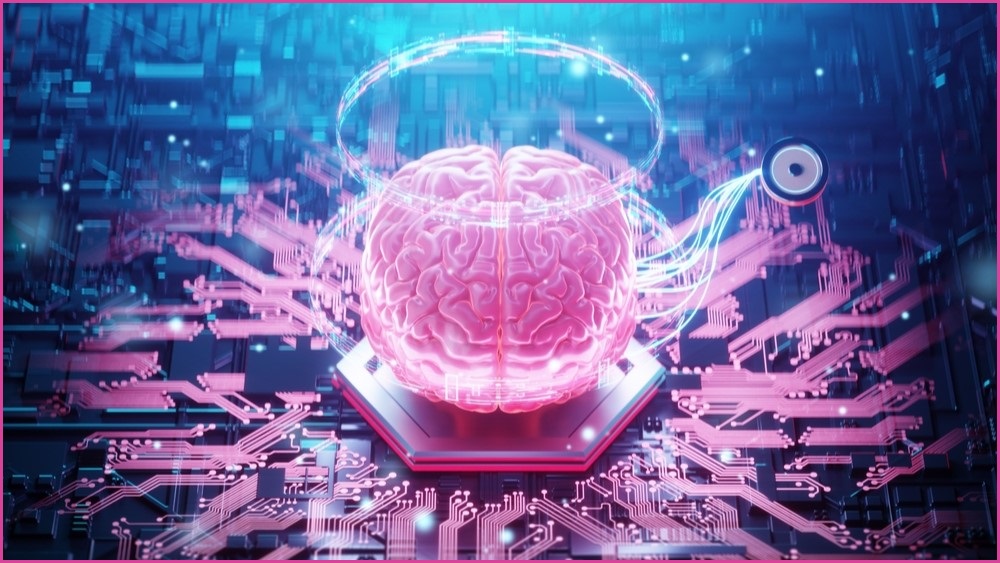Elon Musk’s brain-tech startup Neuralink is being used to help a man with a spinal cord injury control his computer, design 3D objects and even play online video games.
On Wednesday, Neuralink published results from its second participant to receive the company’s flagship brain chip.
“Alex” – a man who lost control of his limbs after suffering a spinal cord injury – received a “fully implantable”, wireless brain-computer interface called ‘Link’ at the Barrow Neurological Institute in Phoenix, Arizona.
After undergoing surgery and being “discharged the following day”, Neuralink said Alex quickly started using Link to learn computer-aided design (CAD) software and design 3D objects.
Neuralink wrote Alex “enjoys building things” and worked as an automotive technician before his life-altering injury.
Though he later developed an interest in 3D object design, Alex found the level of control afforded by his existing assistive technologies made things too challenging.
Neuralink reports that on his second day of using the implant, Alex designed, and later 3D-printed, a custom mount for his Neuralink charger via CAD software Fusion 360.
“Taking an idea, putting it as a design, and actually having a physical item as a finished product makes me feel like I’m building things again,” said Alex.
“Link is a big step on the path of regaining freedom and independence for myself.”
After connecting Link to his computer, the company said it took Alex “less than 5 minutes” to start “controlling a cursor with his mind”.
Within a few hours, he surpassed his former maximum speed and accuracy achieved with other assistive technology on Webgrid, a game used to test one’s precision at controlling a computer.
Furthermore, Neuralink said that similar to its first participant, Alex “broke the previous world record for brain-computer interface cursor control with a non-Neuralink device” on his first day using Link.
The company continues to work with Alex to “increase his productivity” with the implant by mapping intended movements to different types of mouse clicks, which would in turn open up more control options, such as zooming or panning, so he can operate CAD software more quickly.
“We hope that in time, the Link helps many people create in their areas of interest and expertise, and we’re excited to work with more people to help them reconnect with their passions,” said Neuralink.
Gaming through Neuralink
Link is also being used to help Alex pursue his passion in gaming, particularly first-person shooters (FPS).
While assistive devices in gaming have already developed to the point of enabling players with disabilities to compete as esports athletes, FPS games have posed unique challenges for assistive-control companies because they typically require a wide range of simultaneous inputs from the player.
Before receiving the implant, Alex was playing FPS games with a mouth-operated controller called the Quadstick.
While this enabled Alex to continue gaming, a notable limitation of the Quadstick is that it only has one joystick rather than the two found on conventional gamepads.
This meant he was restricted to either aiming or moving the player character at a given time rather than being able to do both simultaneously.
Neuralink’s solution was to pair up with the Quadstick, with Alex using the Link to aim while the Quadstick handles movement.
A video of Alex playing popular FPS title CounterStrike showed him navigating environments with a fluidity practically on par with conventional gamepad configurations.
“Just running around is so enjoyable because I can look side to side, and not need to move the Quadstick left and right,” said Alex.
“I can [think about where to] look and it goes where I want it to.
“It's insane.”
The company also reported a “thread retraction” issue observed in its first patient has been largely mitigated.
The issue originally saw a number of threads (extremely fine wires of the implant) retract from the brain in the weeks following surgery, resulting in a sharp decline in electrodes which could measure brain activity.
For Alex, Neuralink mitigated this issue by “reducing brain motion” during surgery and shortening the gap between the implant and the surface of the brain.
“Promisingly, we have observed no thread retraction in our second participant,” wrote Neuralink.
The company further forecast plans for the technology to “recognise handwriting intent” and “interact with the physical world” so patients can feed themselves and move more independently by controlling a robotic arm or wheelchair.
On social media platform X, Musk declared “if all goes well” there could be hundreds of people with Neuralinks within a few years, maybe “tens of thousands within five years”, and “millions” within 10 years.










